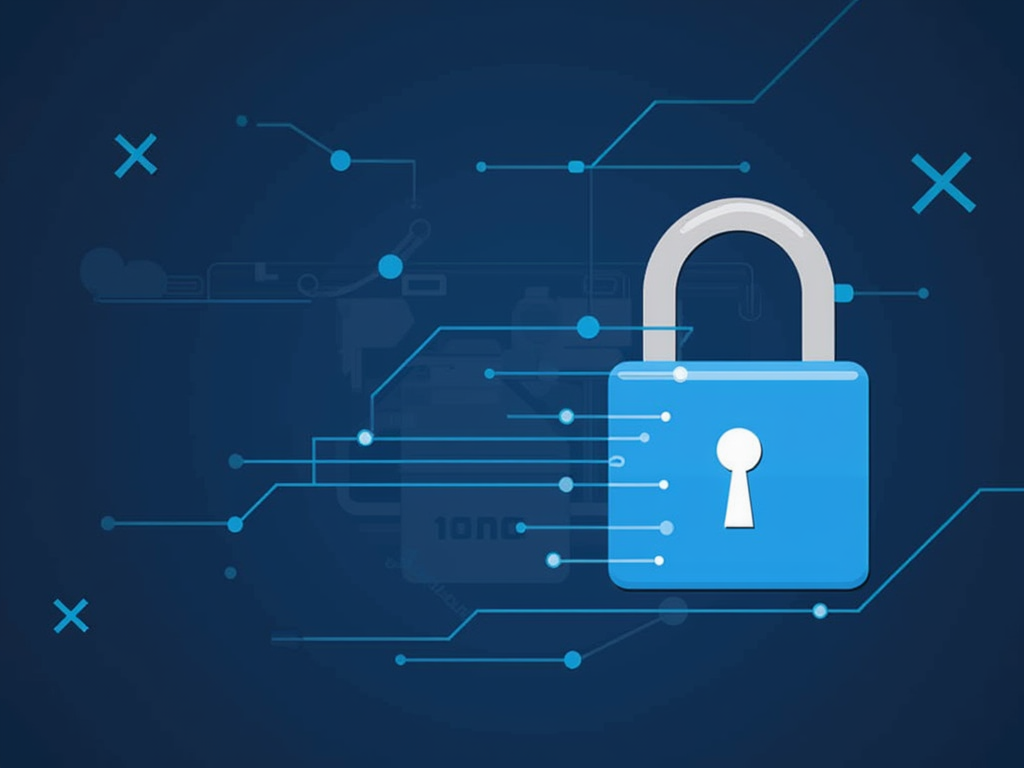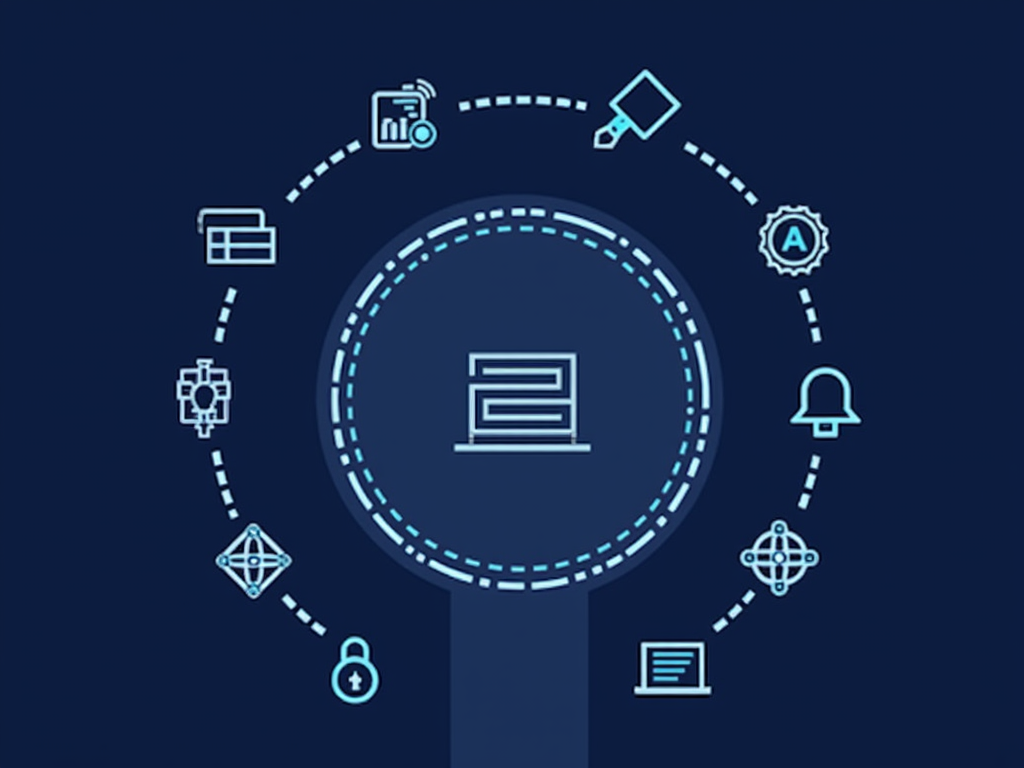How to Use the ISO 27001 Standard for Information Security Management
===========================================================
The International Organization for Standardization (ISO) has established a set of standards for information security management, known as ISO 27001. This standard provides a framework for organizations to manage their information security risks and establish a robust information security management system (ISMS). In this article, we will explore the benefits of using the ISO 27001 standard and provide guidance on how to implement it in your organization.
Benefits of Using ISO 27001
Implementing the ISO 27001 standard brings several benefits to an organization:
- Risk Reduction: By identifying and addressing information security risks, organizations can reduce the likelihood and impact of a security breach.
- Compliance: Many regulations and industry standards require organizations to implement an ISMS. ISO 27001 provides a framework for achieving compliance.
- Improved Security: The standard helps organizations establish a robust security posture, protecting their assets from unauthorized access, use, disclosure, modification, or destruction.
- Cost Savings: Implementing the ISO 27001 standard can help reduce costs associated with responding to security incidents and improving overall information security.
Implementation of ISO 27001
Implementing the ISO 27001 standard requires a structured approach. Here are the steps to follow:
Step 1: Establish an ISMS Policy
- Define the scope and objectives of your ISMS.
- Identify the organization’s information assets that require protection.
- Develop a policy statement outlining the organization’s commitment to protecting its information assets.
Step 2: Conduct a Risk Assessment
- Identify the organization’s information security risks using a risk assessment methodology (e.g., STRIDE or OCTAVE).
- Prioritize the identified risks based on their likelihood and impact.
Step 3: Establish Controls
- Implement controls to mitigate or manage the identified risks. These controls can be administrative, technical, or physical.
- Document the implemented controls in your ISMS documentation.
Step 4: Monitor and Review
- Continuously monitor and review the effectiveness of your ISMS.
- Identify areas for improvement and implement changes as necessary.
Step 5: Obtain Certification (Optional)
- If desired, obtain certification to ISO 27001 through an accredited certification body.
- This demonstrates your organization’s commitment to information security management and provides a third-party validation of your ISMS.
Best Practices
To ensure a successful implementation of the ISO 27001 standard, follow these best practices:
- Involve Stakeholders: Engage stakeholders throughout the implementation process to ensure their needs are considered.
- Establish Clear Roles and Responsibilities: Define roles and responsibilities for ISMS management and ownership.
- Provide Training: Offer training to employees on information security best practices and the organization’s ISMS.
- Continuously Monitor and Review: Regularly review and update your ISMS to reflect changes in the organization, its information assets, or relevant laws and regulations.
Conclusion
Implementing the ISO 27001 standard provides a framework for organizations to manage their information security risks and establish a robust ISMS. By following these steps and best practices, you can reduce risk, improve security, and demonstrate compliance with relevant regulations. Remember that implementing an ISMS is an ongoing process, requiring continuous monitoring and review.
References
- ISO 27001:2013 – Information Security Management Systems – Requirements (International Organization for Standardization)
- STRIDE Risk Assessment Methodology (Microsoft Corporation)
- OCTAVE Risk Assessment Methodology (The Mitre Corporation)



